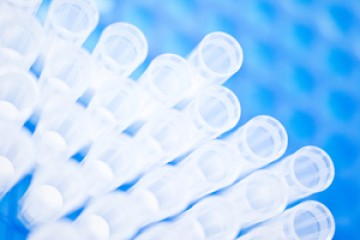PhD Studentship
3D patient-derived organoids: A viable and complementary model to study neural system dysfunction in Alzheimer's Disease

At a glance
Completed
Award date
February 2022 - January 2025
Grant amount
£90,000
Principal investigator
Dr Marc Busche
Co-investigator(s)
Institute
University College London
R
- Replacement
Read the abstract
View the grant profile on GtR
